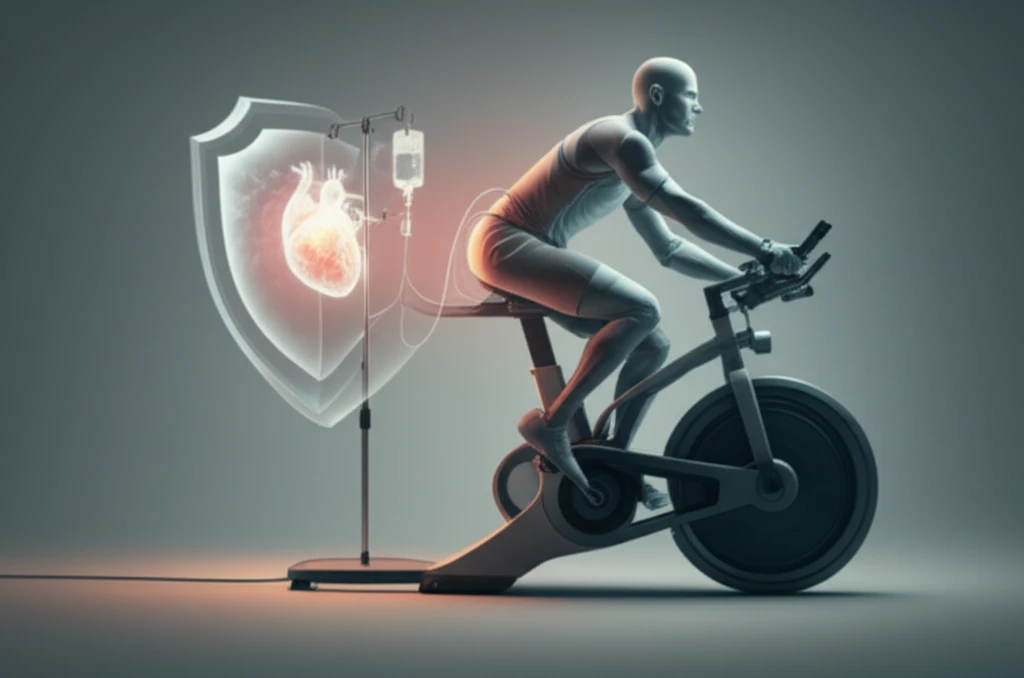
Exercise During Dialysis: A Game-Changer for Heart Health
"Discover how intradialytic exercise can protect your heart during hemodialysis, reduce myocardial stunning, and improve your overall well-being."
For individuals undergoing hemodialysis, each session places significant stress on the circulatory system. This stress can lead to acute ischemia, a condition characterized by reduced blood flow to the heart, resulting in recurrent and cumulative cardiac injury, often referred to as myocardial stunning. Addressing this critical issue is key to improving the long-term health outcomes for dialysis patients.
Intradialytic exercise (IDE), which involves physical activity performed during dialysis, has emerged as a promising strategy to enhance functional status in individuals receiving hemodialysis. The goal of a recent exploratory study was to determine whether IDE could serve as a preconditioning intervention, and if so, whether it could reduce the myocardial stunning often associated with hemodialysis.
The research investigated the impact of IDE on heart health during hemodialysis, providing new insights into how exercise can protect the heart in this vulnerable population. By understanding the benefits and mechanisms of IDE, patients and healthcare providers can make informed decisions about integrating exercise into dialysis treatments.
How Does Intradialytic Exercise Protect the Heart?

The study, detailed in Nephrology Dialysis Transplantation, involved a single-center cross-sectional analysis of adults with chronic kidney disease participating in a clinical IDE program. Participants underwent two hemodialysis sessions within the same week: a control visit (no exercise) and an exposure visit (usual intradialytic cycling). Echocardiography was performed at three time points during each session to evaluate cardiac stunning. Regional wall motion abnormalities (RWMAs), indicative of myocardial stunning, were assessed using speckle-tracking software to measure longitudinal strain in 12 left ventricular segments.
- Reduced RWMAs: The mean number of RWMAs during the control visit was 4.5 ± 2.6, decreasing to 3.6 ± 2.7 during the IDE session.
- Peak Stress Reduction: At peak HD stress, the mean number of RWMAs was 5.8 ± 2.7 in the control visit versus 4.0 ± 1.8 during the exposure visit (p = 0.01).
- Significant Reduction in Cardiac Injury: IDE is associated with a significant reduction in HD-induced acute cardiac injury.
The Future of Intradialytic Exercise
The study's findings suggest that incorporating exercise into dialysis treatments could offer substantial benefits for heart health. As research continues, future studies may explore the optimal duration, intensity, and frequency of IDE to maximize its protective effects. By refining and expanding the application of IDE, healthcare providers can offer more effective, holistic care for dialysis patients, improving their quality of life and cardiovascular outcomes.
